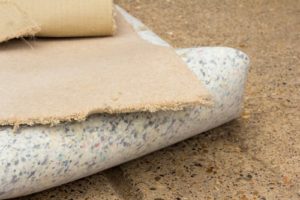A Guide To Commercial Carpet Underlay
Not only are carpets intended to provide a unique aesthetic appeal to an environment, but they are meant to be extremely comfortable and stable in terms of foot traffic. Many customers will therefore take into account metrics such a the pile thickness, the style and size when addressing a commercial location.


What is an Underlay?
An underlay is a thin layer of material present beneath commercial carpets and office carpet tiles. While used as a cushioning agent, it can also represent a barrier against moisture while ensuring that the upper material lasts longer. Underlays will be installed before the carpet is laid down.What Materials are Used?
There are several choices when examining which type of underlay may be the best. Some of the most common include:- Crumb rubber
- Foam
- Recycled plastic
- Felt

